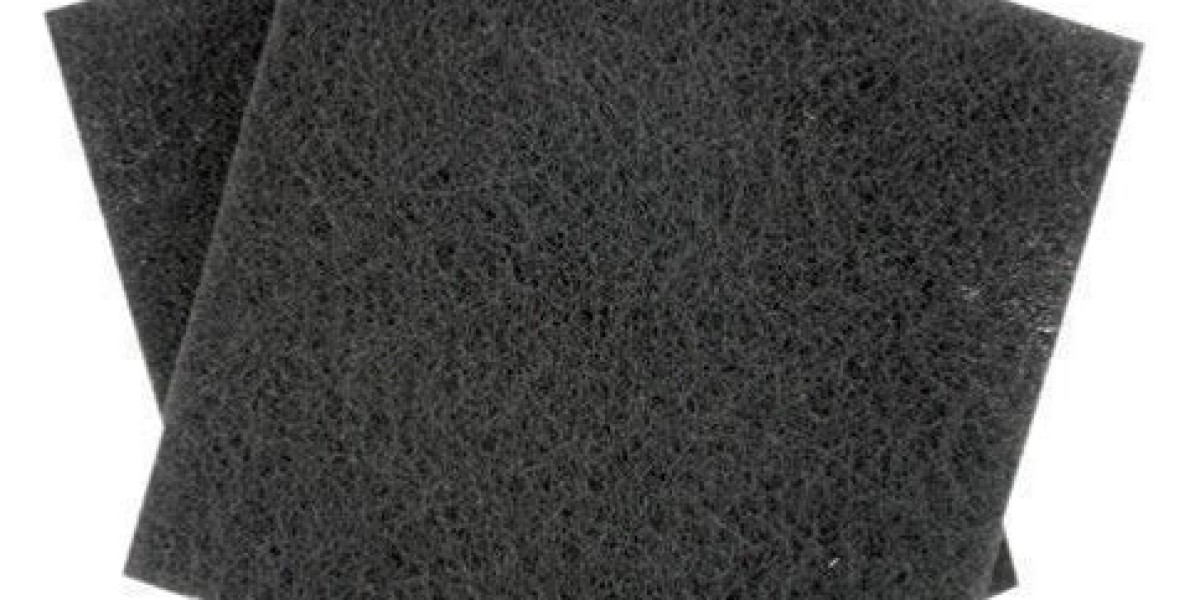raw material dependency exposes the market to global supply risks
The activated carbon filter market remains heavily reliant on a small number of raw material sources, such as coconut shells, coal, and wood. These inputs are subject to regional constraints, climate-related production risks, and international trade dynamics. For example, coconut shell shortages due to seasonal disruption or agricultural shifts in Southeast Asia can cause ripple effects throughout the global supply chain, delaying manufacturing and increasing prices. Similarly, environmental restrictions on coal mining in countries like China or India can quickly tighten supply. This overreliance on a few materials makes the market vulnerable to shocks, creating long-term hindrances to cost stability and product availability.
performance limitations in complex filtration scenarios restrict use cases
While activated carbon filters excel at removing chlorine, VOCs, and some organic compounds, their effectiveness in addressing other types of contaminants—such as heavy metals, nitrates, or microbial threats—is limited without supplementary treatment. In sectors like pharmaceuticals, food processing, or wastewater management, these limitations prevent activated carbon from functioning as a standalone solution. The need for additional filtration stages increases cost and complexity, which reduces competitiveness in high-performance or specialized markets. As a result, certain industries opt for alternative or hybrid systems where activated carbon plays only a supporting role, hindering its broader adoption.
lack of innovation in filter regeneration slows sustainability progress
Although regeneration and reuse of activated carbon is technically possible, adoption remains low due to the complexity and cost of the process. Thermal regeneration systems are expensive, require specialized equipment, and are often only viable for large-scale industrial users. In most commercial and residential settings, used filters are discarded, contributing to waste and raising environmental concerns. Without scalable, cost-effective regeneration solutions, the market faces criticism over its environmental impact. This sustainability challenge acts as a hindrance, particularly in regions or sectors where green standards are prioritized. Greater innovation in low-energy or chemical regeneration could help overcome this barrier in the future.
limited availability of smart-compatible filter systems slows digital integration
The growing demand for smart filtration systems has outpaced the industry’s ability to deliver fully integrated, digitally enhanced activated carbon filters. While some progress has been made in connecting filters to building automation or facility monitoring systems, many products still lack real-time tracking, predictive analytics, or remote control features. This lack of digital compatibility hinders adoption in sectors embracing Industry 4.0 or smart home technologies. As competitors in membrane filtration and UV disinfection offer smarter solutions, the activated carbon segment risks being left behind unless it evolves to meet digital transformation trends.
regulatory delays and inconsistency hinder market expansion
Regulatory misalignment across global markets continues to be a hindrance for activated carbon filter adoption and commercialization. In many developing countries, air and water quality regulations are either outdated, loosely enforced, or not defined at all. Without strong enforcement mechanisms or government-backed incentives, organizations are less compelled to invest in advanced filtration solutions. On the other hand, in highly regulated regions, frequent updates to environmental guidelines require costly and time-consuming product redesigns. This creates a fragmented market environment where companies must manage varying compliance requirements and long certification timelines, which stifles speed-to-market and innovation.
consumer misconceptions about filtration effectiveness limit trust
A subtle but persistent hindrance in the market is the general misunderstanding or skepticism among consumers regarding what activated carbon filters can and cannot do. While effective at improving taste, odor, and removing many chemical pollutants, these filters are sometimes incorrectly assumed to eliminate all contaminants—including bacteria and viruses. When expectations are not met, user dissatisfaction grows, damaging product credibility. This gap between perception and actual performance has led to trust issues in certain customer segments, particularly in household and low-literacy markets. Better communication, education, and labelling could help address this barrier and improve adoption rates.



